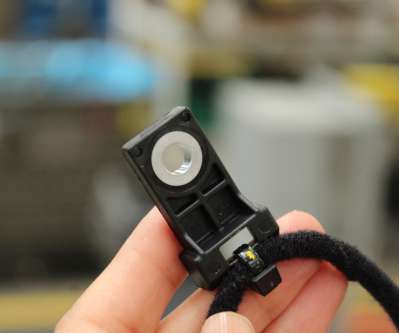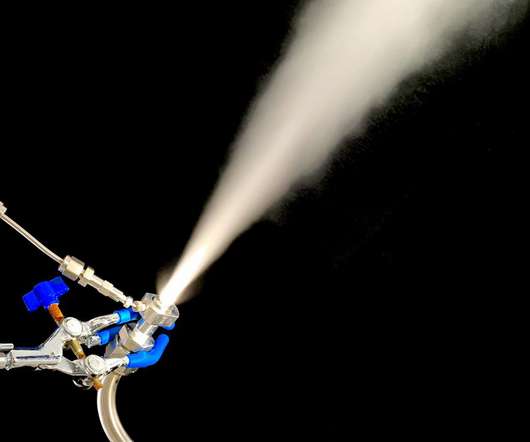First reference installation of Opcon Waste Heat Recovery technology for ships; potential for 5–10% fuel savings
Green Car Congress
AUGUST 26, 2012
Opcon, in collaboration with Wallenius Marine, recently completed the first reference installation of its Waste Heat Recovery technology for ocean-going vessels in a project supported by the Swedish Energy Agency. The Opcon systems generate electricity from low-value waste heat in the vessel’s steam and cooling system.

















Let's personalize your content